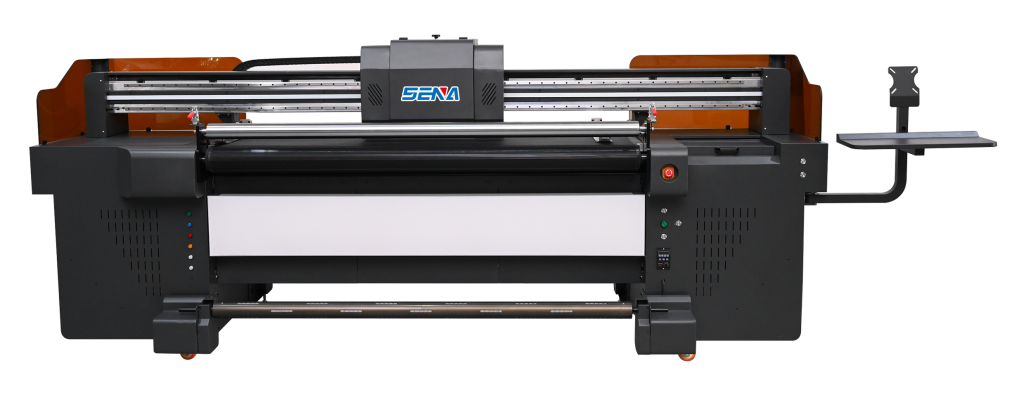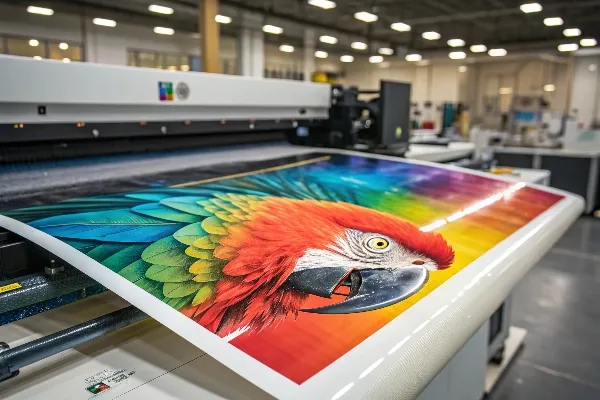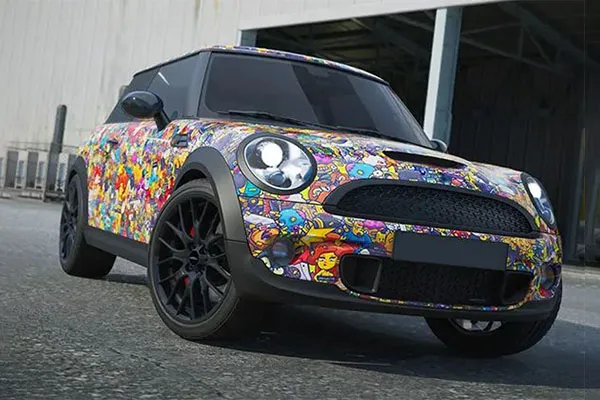Avoid your inquiry is delay response, please enter your WhatsApp/WeChat/Skype along with the message, so we can contact you at the very first time
We will reply you within 24 hours. If for urgent case, please add WhatsApp: +8617888313102, or WeChat: +86 17864107808. Or call +86 17864107808 directly.
*We respect your confidentiality and all information are protected. We will only use your information to respond to your inquiry and will never send unsolicited emails or promotional messages.
Are you finding it difficult to achieve the perfect print on a wide range of materials? Is your current printer not meeting the speed and quality demands of your business? You’re not alone—many businesses face these challenges daily. The solution lies in choosing a UV printing machine supplier that understands the specific needs of your industry and offers high-quality UV printing machines that are reliable, efficient, and customizable.
A reliable UV printing machine supplier provides advanced solutions tailored to your printing needs, ensuring you can print on various surfaces with precision and speed. Discover how investing in the right UV printer can elevate your business, boost your productivity, and expand your print possibilities.

A UV printing machine uses ultraviolet light to cure ink as it is printed. Unlike traditional printing methods, where the ink dries naturally, UV ink is instantly cured with UV light, which means that prints are ready to handle immediately after printing. This process makes UV printers versatile and capable of printing on a wide range of substrates, from rigid materials like acrylic and metal to flexible ones such as vinyl and fabric.
The core components of a UV printing machine include:
UV printing stands out from traditional inkjet and solvent printing methods due to several key advantages:

One of the biggest advantages of UV printing machines is their ability to handle various materials. Unlike conventional printers, which are limited to specific substrates, UV printers can print on almost any surface. This versatility makes them ideal for industries like packaging, gift customization, and advertising, where custom printing on diverse materials is crucial.
For example, a flatbed UV printer can print directly on:
The ability to print directly onto these rigid substrates without the need for additional coatings or treatments is a major advantage of UV printing.
A high-quality UV printing machine should include several key features to ensure high performance and reliability:

Speed vs. quality is a common dilemma in the printing industry. While speed is essential for meeting tight deadlines, quality should never be compromised. High-quality prints—such as fine art, branding, and signage—require the right balance of inkjet technology, UV LED curing, and print head precision.
A good UV printer supplier provides machines with adjustable settings to prioritize either speed or quality based on your project needs. For instance, for large format prints, you can select a high-speed printing technology mode for banners or posters, while fine art printing may require slower, more precise settings.
When selecting a UV printer for your business, consider the following factors:
UV printing machines are used across a wide variety of industries. Here are some common applications:

When you invest in a UV printer, it’s important to choose a supplier who offers robust after-sales support. This can include:
What types of ink do UV printers use?
UV printers use UV ink, which is cured by ultraviolet light. This ink can be used on both rigid and flexible substrates, providing vibrant and durable prints.
Can UV printers print on all types of materials?
Yes, UV printers can print on a wide range of materials, including PVC, wood, glass, canvas, and even leather.
How long do UV prints last?
UV prints are highly durable, with outdoor prints lasting up to 5 years without fading, depending on the material and environmental conditions.
Is UV printing environmentally friendly?
Yes, UV printing is eco-friendly because it uses low-VOC inks and UV LED curing, reducing the need for heat and minimizing energy consumption.